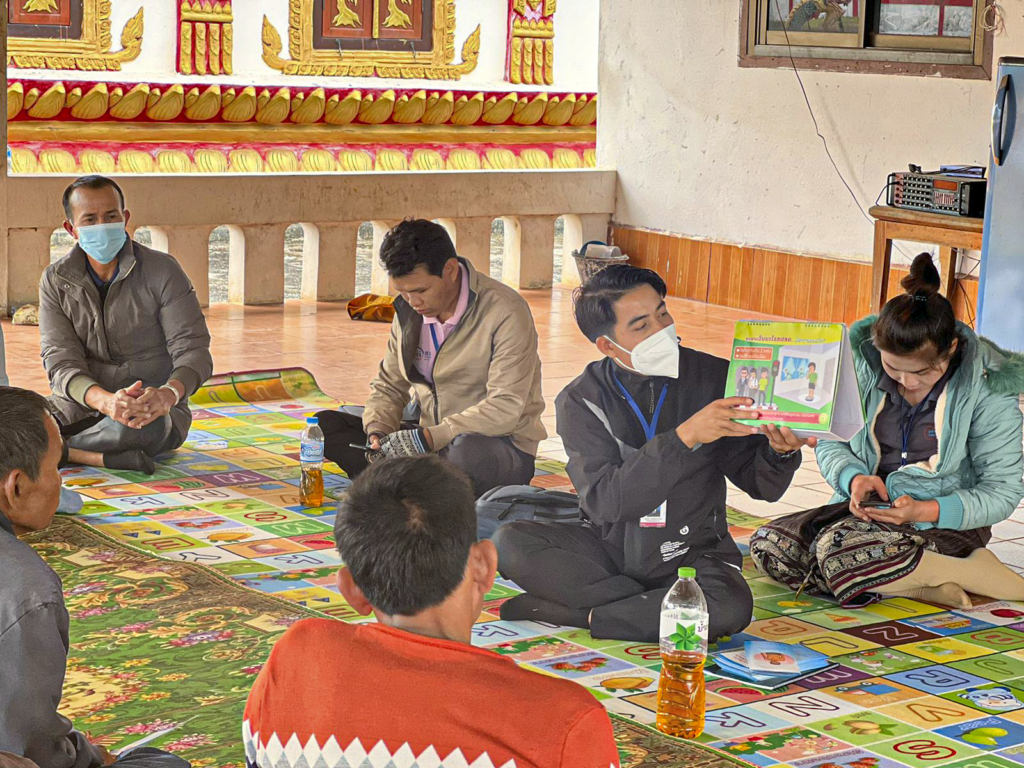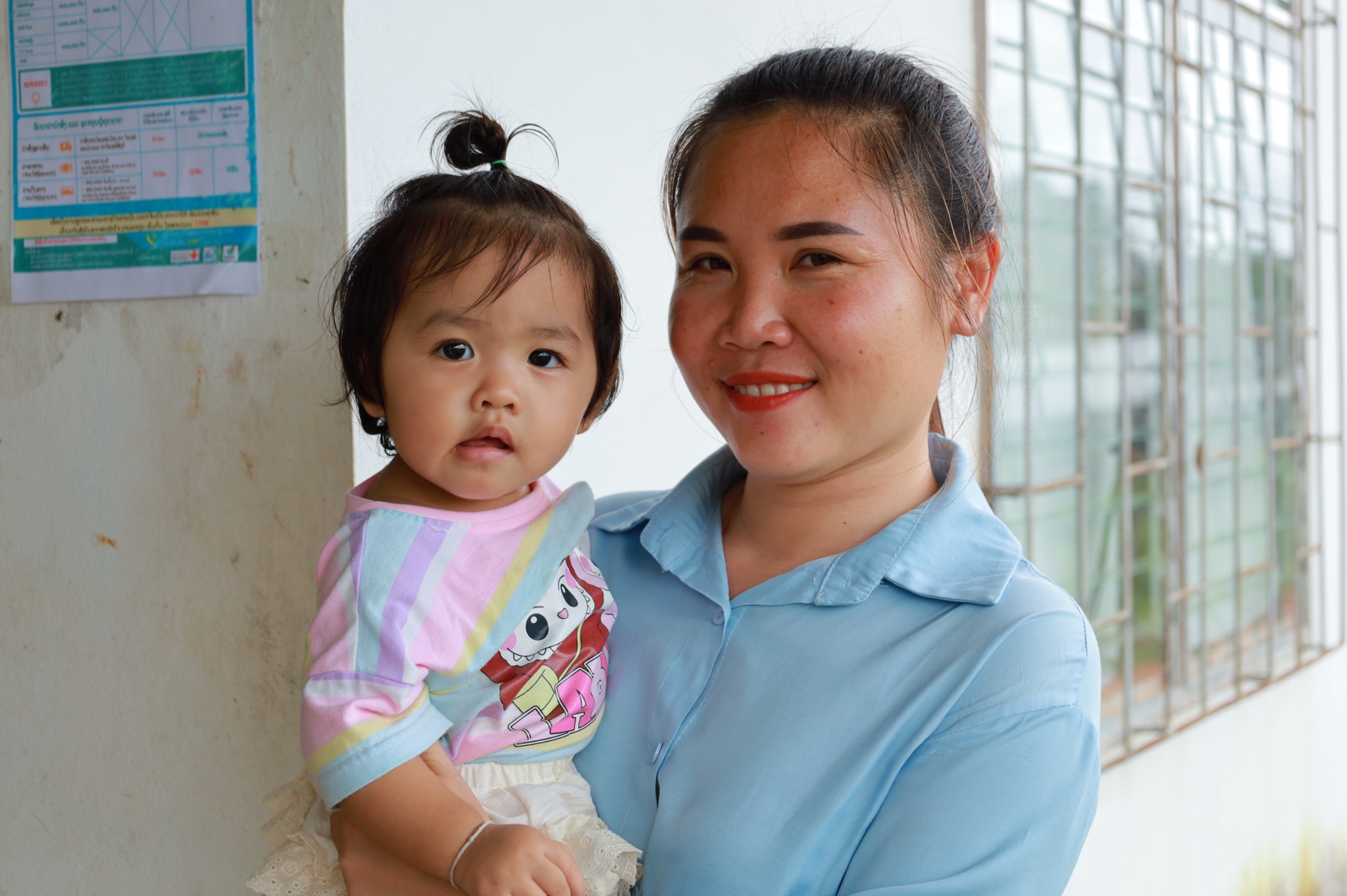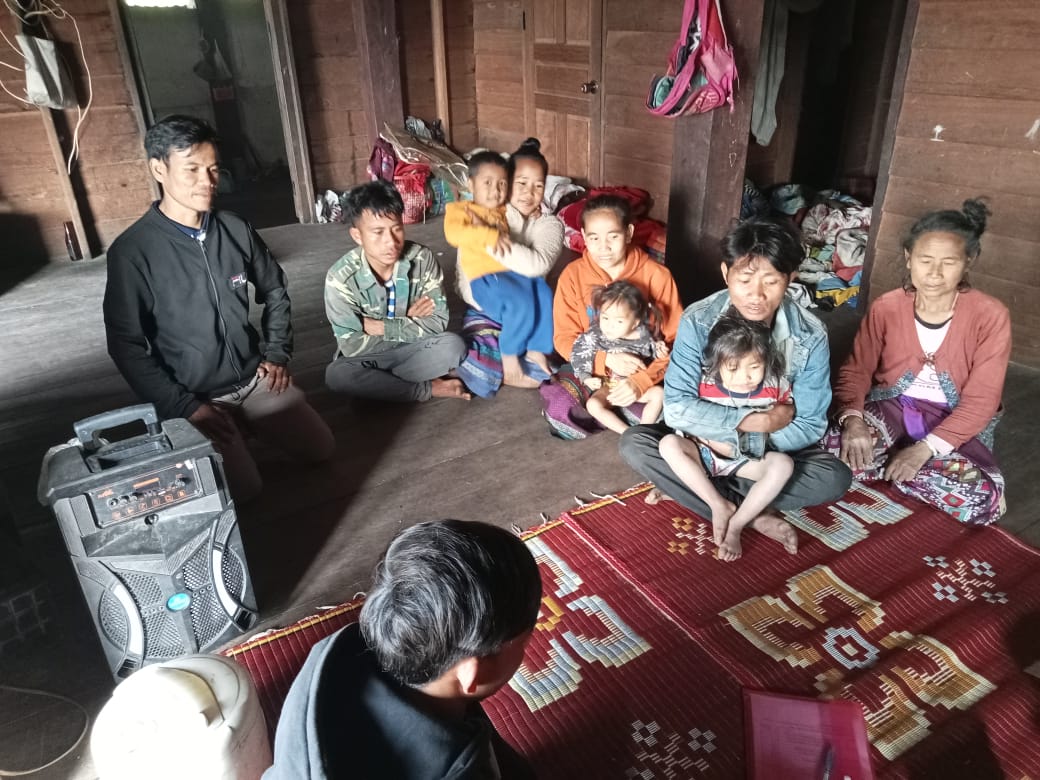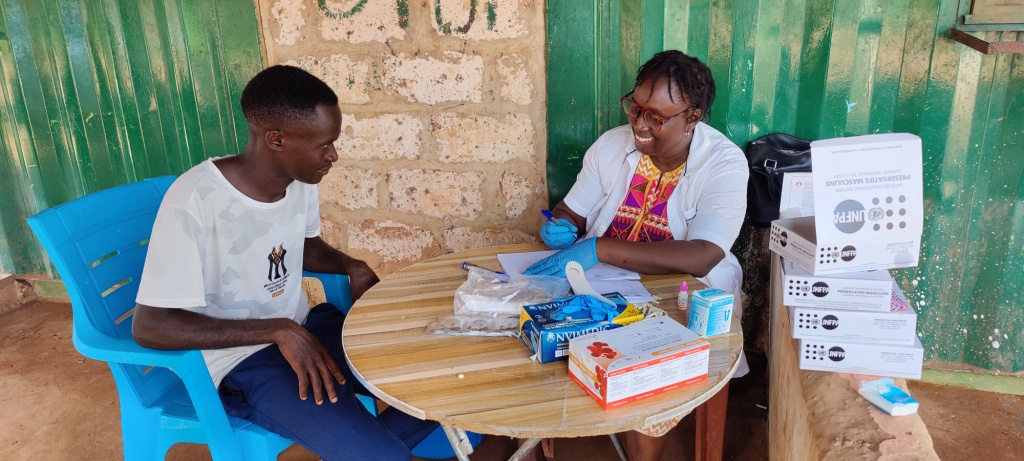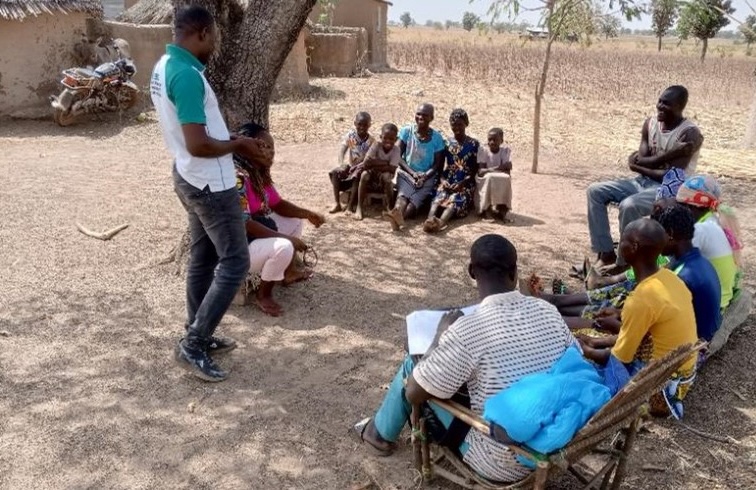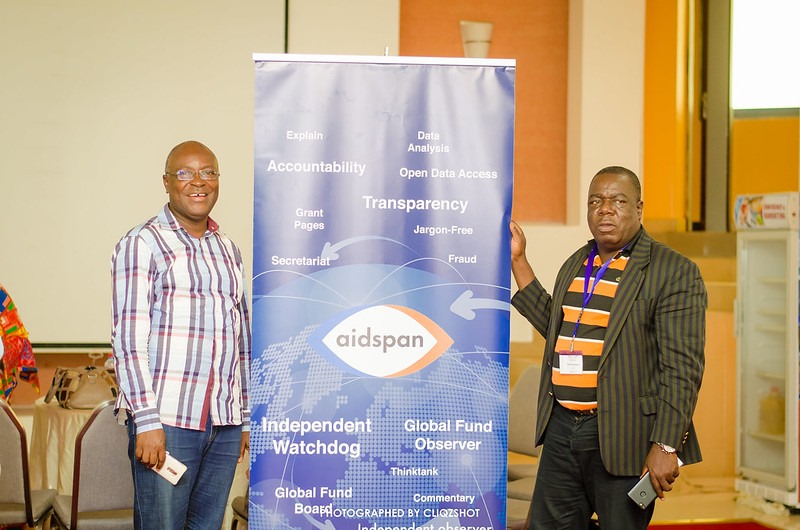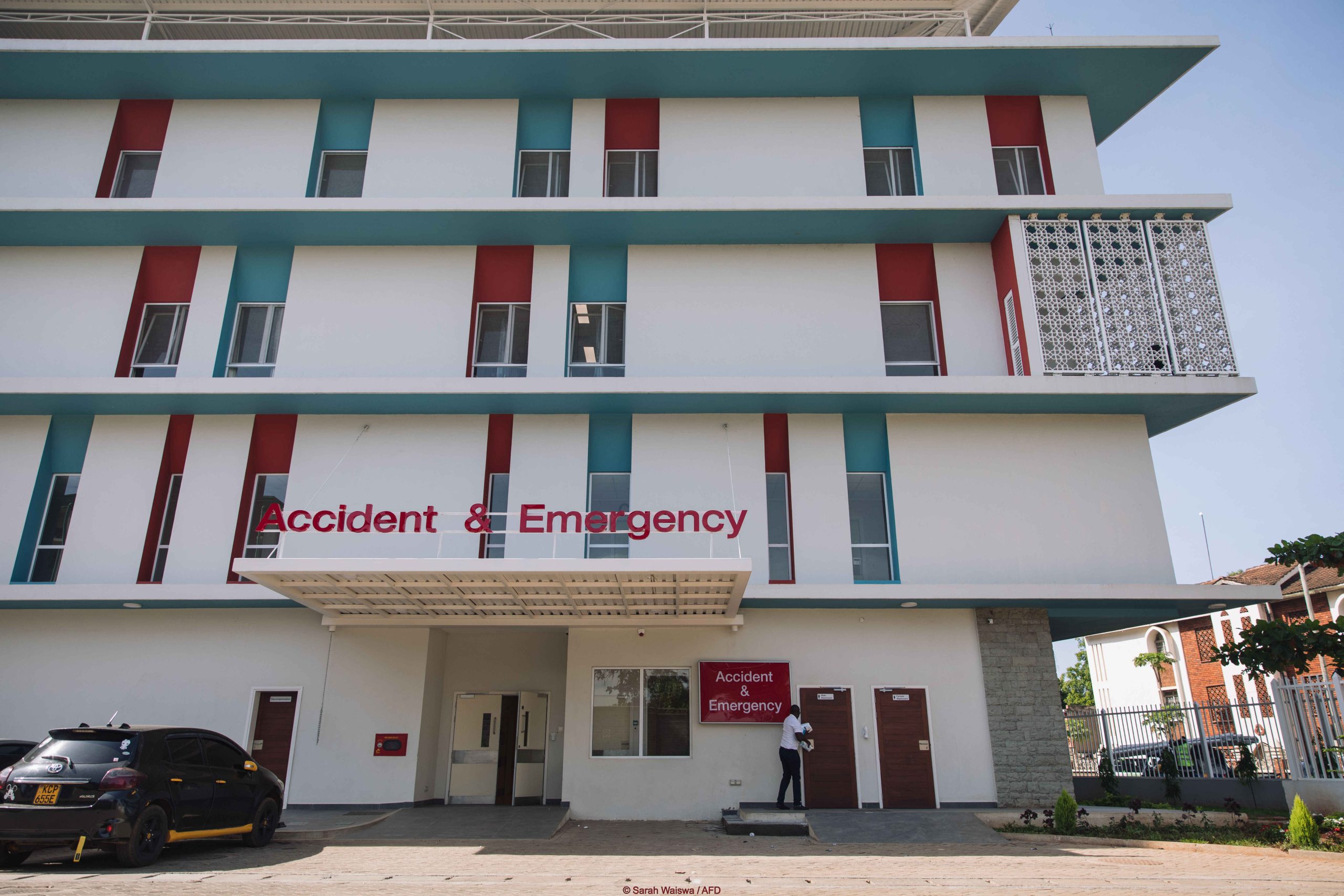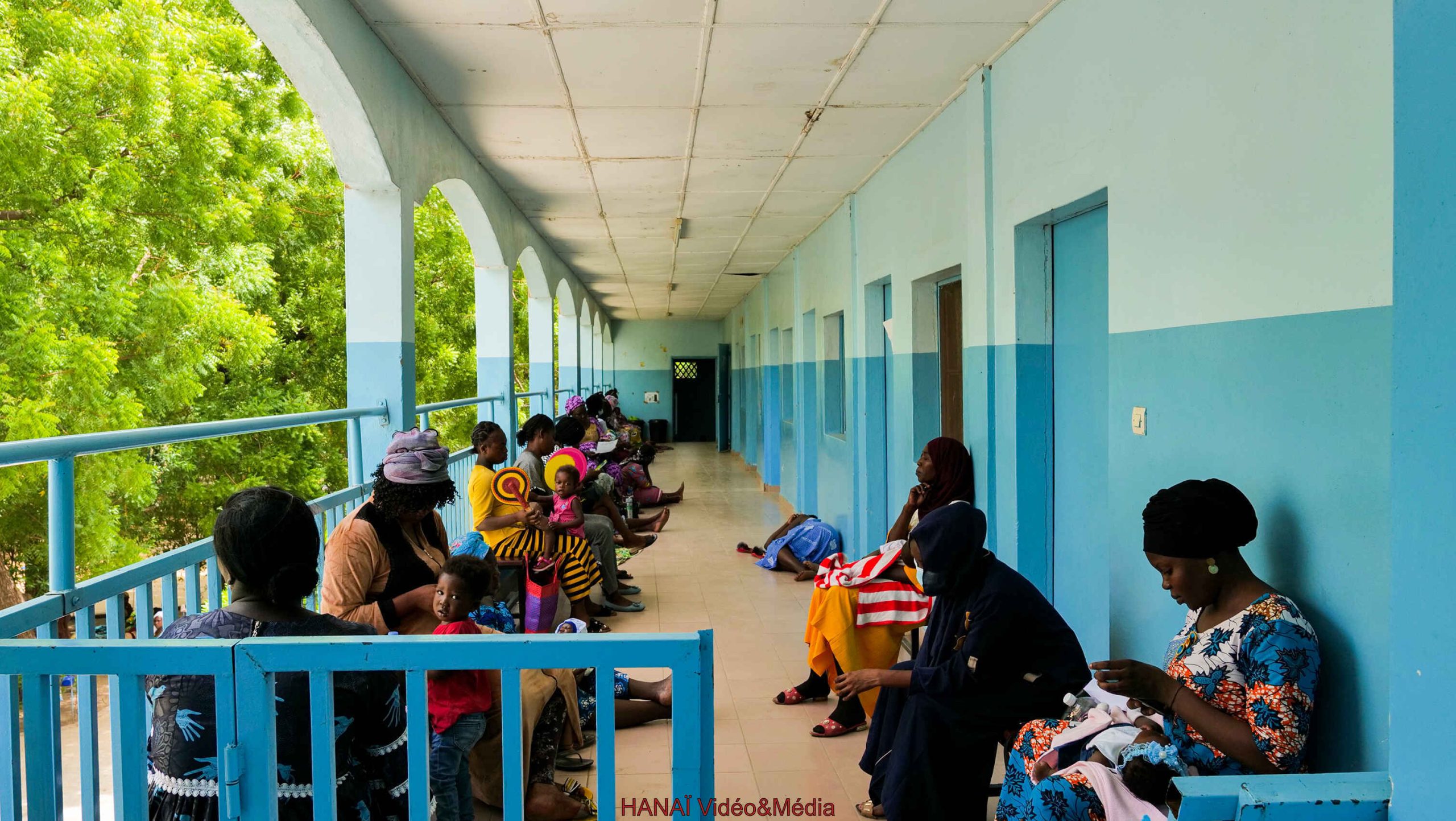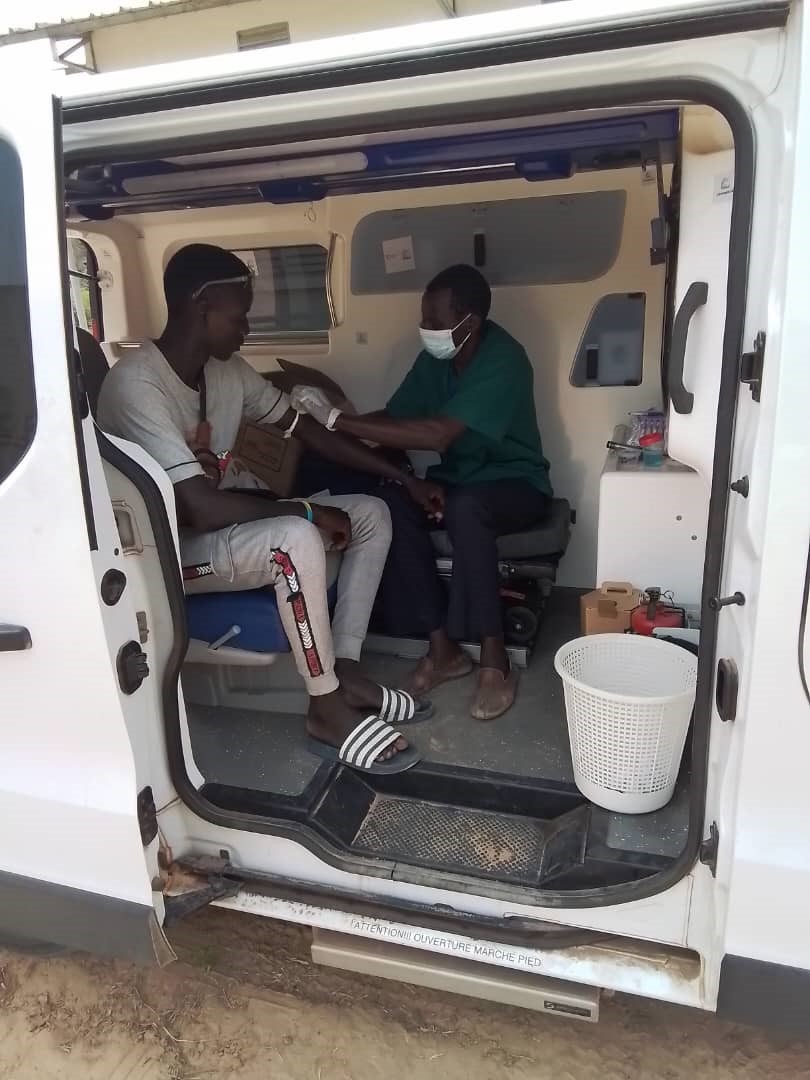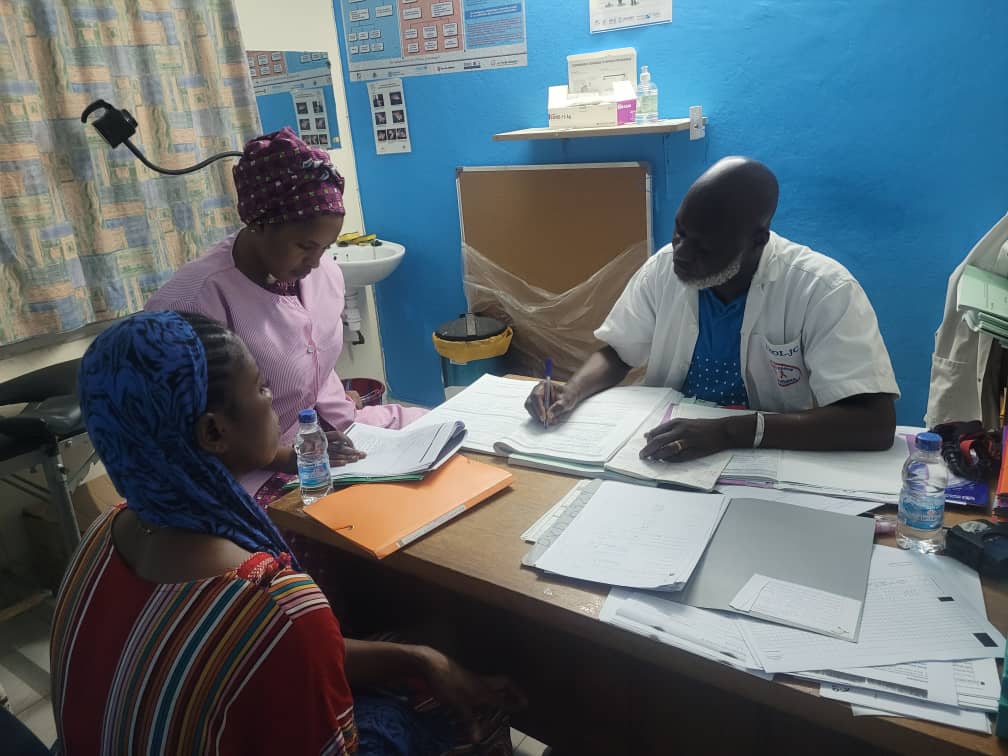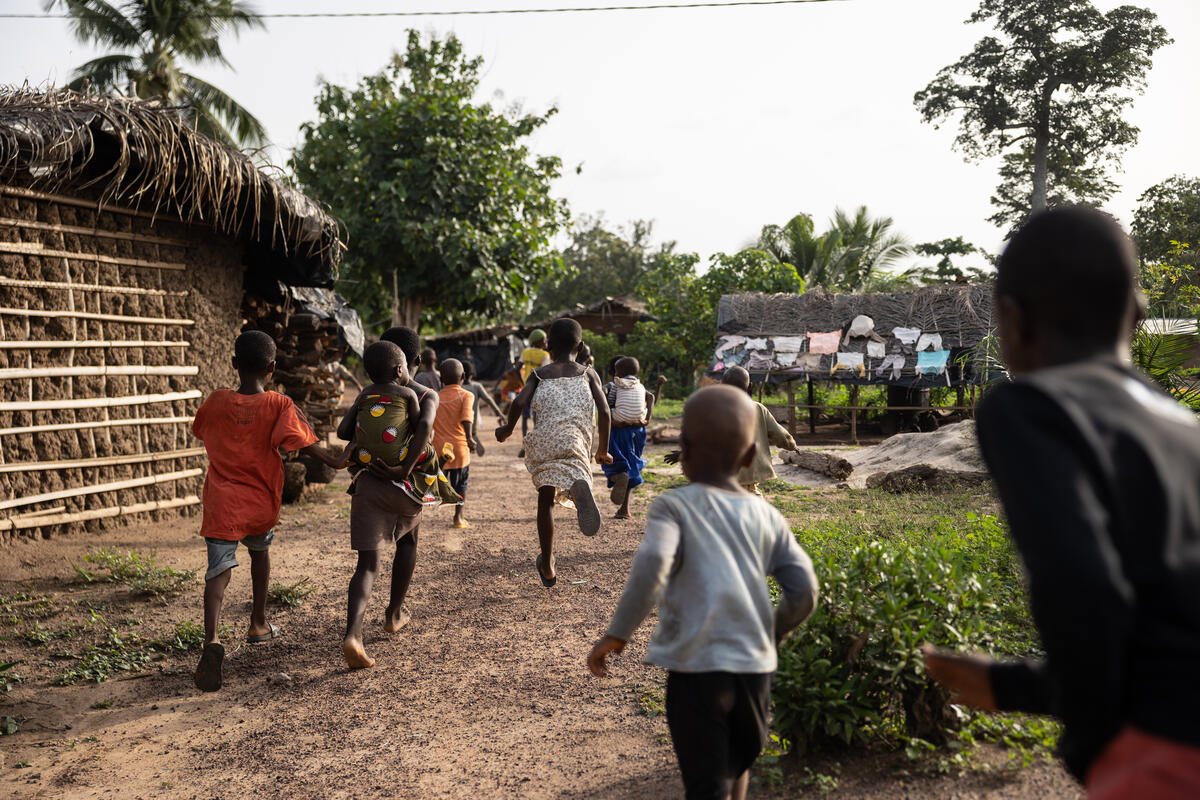The HEALTH projet (Helpful Efficient, Accessible, Low Cost, Timely, Health Action – HEALTH) project focuses on tackling and reducing HIV, tuberculosis and malaria in Savannakhet province and increasing access to healthcare for remote and hard-to-reach communities.
Context
The Lao People’s Democratic Republic (Lao PDR) faces various challenges to strengthen capacities in preventing and managing health security risks due to emerging and re-emerging diseases and in particular the three communicable diseases: HIV/AIDS, tuberculosis and malaria. For the latter, Lao PDR has successfully decreased to relatively low levels and is primed for elimination by 2030. However, tuberculosis remains a major health concern affecting the socio- economic development of the country. To address these challenges, strengthen the health system and improve access to healthcare for remote communities, particularly villages in mountainous regions where ethnic minorities not speaking Lao language live, the Helpful Efficient, Accessible, Low Cost, Timely, Health Action (HEALTH) project is implemented in two districts (Phin ansd Thapangthong districts in Savannakhet Province) which have a particularly high burden of tuberculosis and malaria.
Description
The HEALTH project designed and implemented and evaluated a community-based participatory research approach based on the development and dissemination of a mobile health education package (MHEP), designed to increase the use of healthcare and prevention services by the targeted populations (in particular women and adolescents with low literacy or non-Lao speaking women and adolescents). The project included the training of village health volunteers and health professionals to disseminate the MHEP, at village and health centers levels but also during household visits. Another specific objective was to produce and share qualitative and quantitative data about HIV, tuberculosis and malaria prevention, screening and management for mothers, adolescents and general population.
Impact
The project targets 15,157 women and girls and 27,330 beneficiaries altogether. Ethnological observation before, during and after the arrival of the mobile clinics and a “before and after” KAP (Knowledge, Attitude, Practice) survey will measure the effectiveness of MHEP. A mid-term evaluation of the project highlights that this last year will be the most informative in terms of effectiveness and could lead to replication in other districts.
